Meet Teddy, the St. Andrews Hermit: In 1929, Bahamas Hurricane changed history forever.
PANAMA CITY BEACH — He was here before the condos, before the all-you-can-eat crab legs and long before Thomas Drive was ever mentioned in a country song.
He could walk the white sands, fish the emerald green waters and never had to worry about traffic. Even though Panama City Beach was yet to have a name, he was one of the first residents with the beach all to himself.
His name was Teddy. And he was a hermit.
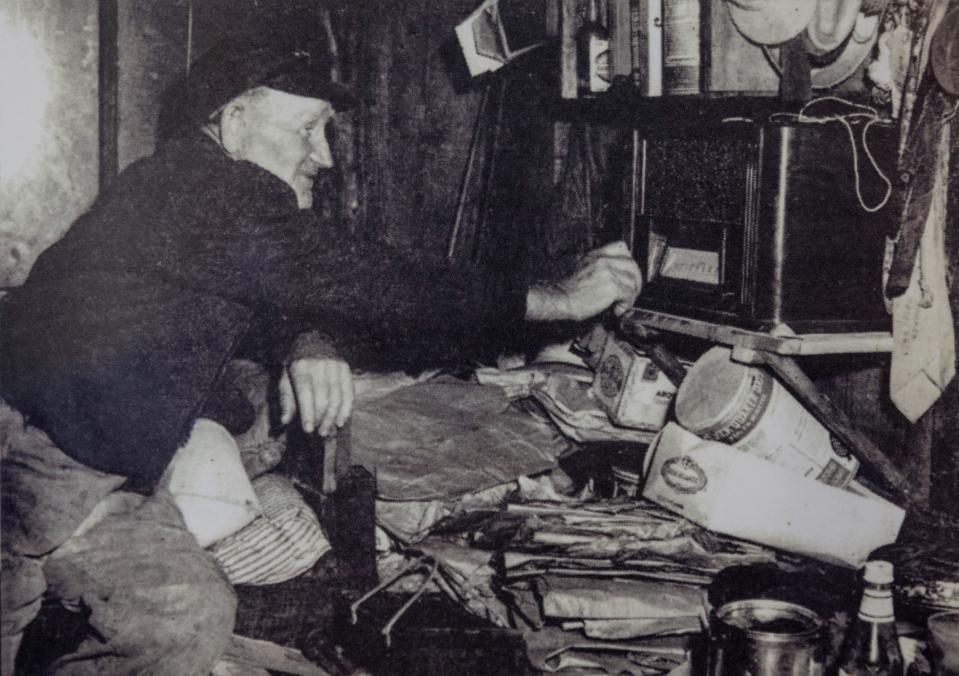
More on St. Andrews: 'Back to nature': St. Andrews State Park reopens youth group campground with $60K grant
Now: St. Andrews' renaissance is here: What projects to expect and when they're coming
Teddy Tollefsen wasn't always a hermit, but he was always a fisherman. He was born in 1882 in Trondheim, Norway. He left home at 14 to sail the seas and first came to America in 1906 after fishing waters around the world. Tired of working for others, Teddy began fishing for himself, first settling in Pensacola before moving on to St. Andrews where he hoped to try his luck fishing for red snapper.
A life, and St. Andrews history, changed
In 1929, the Bahamas Hurricane made an unwanted visit to Panama City and changed Teddy's life forever. On Sept. 30 of that year, the storm made an unexpected sharp turn to the northeast and made landfall near Panama City with winds gusting over 100 mph. Two deaths were reported in the area, one in Panama City and one in Wewahitchka.
Much of the Teddy's history is a mix of fact and fiction, or maybe failing memories from old-timers who would see him around old St. Andrews. So separating the fact from fiction is an adventure almost a century later.
Take the night of the hurricane. One published account says Teddy stayed with his boat all night in the storm, finally clinging to a tree and dodging debris as the storm swept his boat out into the bay. But another account says Teddy left his boat at Courtney Point for higher ground to ride out the storm.
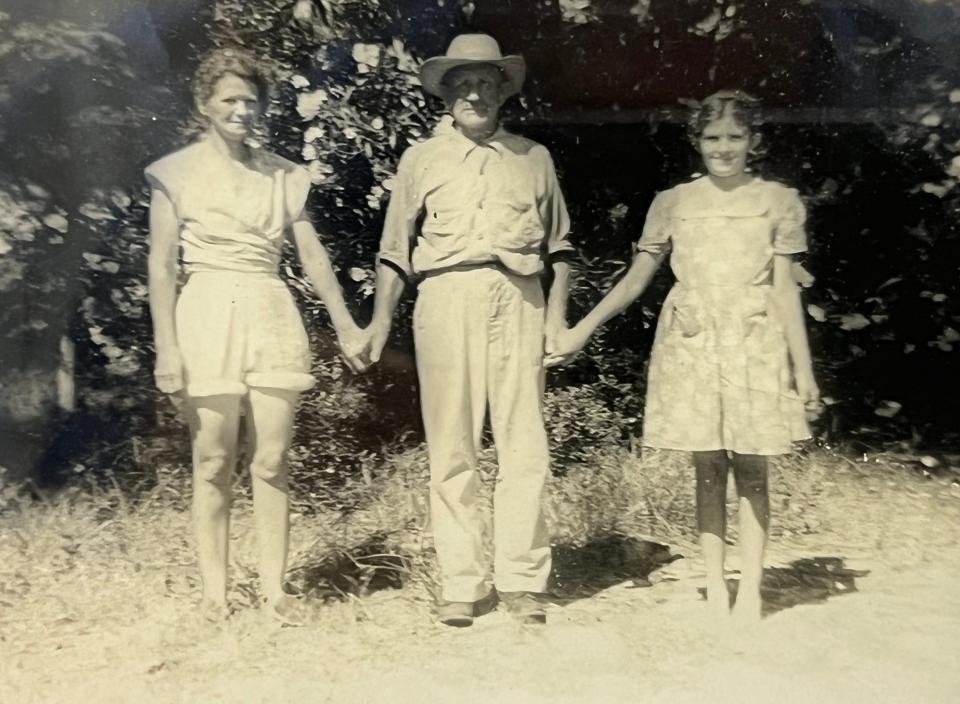
The stories converge when Teddy went looking for his boat in the morning only to find it was gone. He would spend the day combing the area before finding what was left of his beloved boat across the bay in an area that is now part of St. Andrews State Park.
His 26-foot, 5-horsepower livelihood was beyond repair. It also was his home and everything he owned. So Teddy made a decision to take apart the vessel and build a new home.
With wood from the boat and an endless supply of driftwood from the hurricane, Teddy built a 9-foot by 12-foot cabin that would become his home for the rest of his life. For 25 years, visitors would recount Teddy saying, "The boat wrecked here so we've stayed together."
Over the years, Teddy added more and more things to his home, including a wood cook stove, a table, a bunk and a battery-operated radio. He lighted his shack with lanterns and decorated it with numerous nautical artifacts he would salvage from shipwrecks around the bay.
He added a small storehouse for his fishing equipment and built a pier to launch his skiff for the 4-mile journey over to St. Andrews. He would make a living selling his fish or trading for tea, sugar, grits and oatmeal, especially oatmeal. He was fond of oatmeal and would eat it once or twice a day.
Teddy would make the trip to town about every six weeks. He had 11 chickens he kept around for the eggs and a one-eyed rooster to keep them all in line. He would recall to a reporter in 1953 how he never had a need for ice. He would just dig down into the sand until he reached a cool, damp level to keep his eggs and other food items fresh.
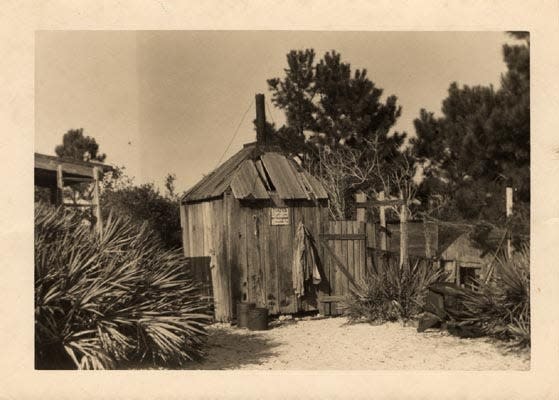
He also had a pet pig who loved to go boating.
Where once a wilderness stood
To understand how Teddy became a hermit, you have to forget about Panama City Beach as you know it. In 1929, things were much different around Bay County, sort of one-sided. If you lived in Bay County, you lived in Panama City, St. Andrews or somewhere east of the brand new Hathaway Bridge. The west side of the bridge was a wilderness, laced only with sand dunes and sea oats.
Initially, you would have to cross 6 miles of sand to get to Teddy after crossing over the new bridge. Or you could maneuver a boat 4 miles across the bay. So, Teddy's access to people slowed to a trickle.
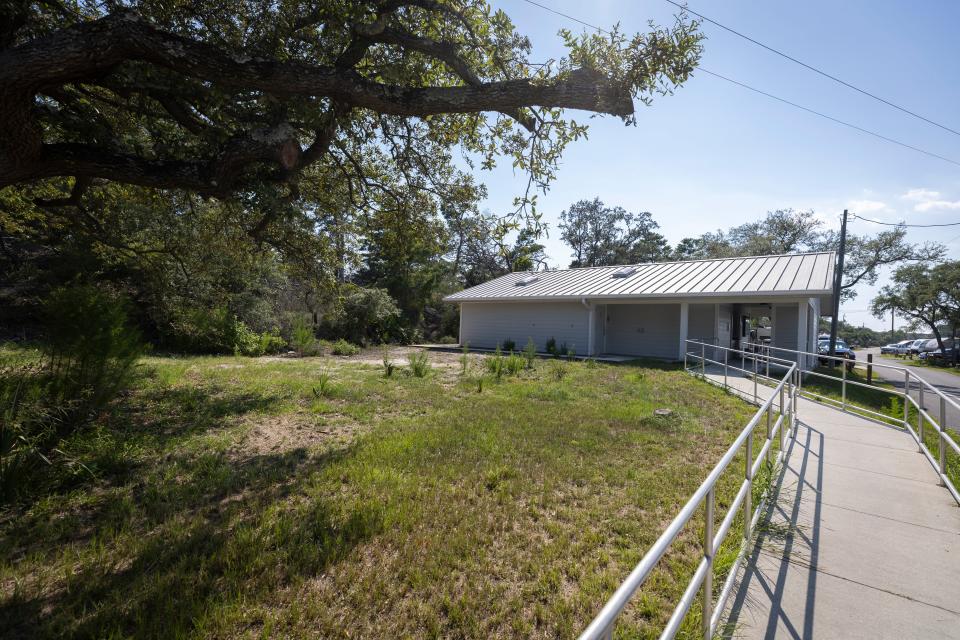
Bill McNeil grew up in St. Andrews where he lived for 84 years before he passed away in May.
"I can remember as a kid going over the new bridge to the beach," McNeil told The News Herald earlier this year. "There wasn't a thing over there, nothing but that old hermit."
Over time, Teddy's legend as the St. Andrews Hermit would grow just as the beach would evolve.
In 1933, the Army Corps of Engineers began construction of a deep-water channel through the peninsula and created the jetties that border the gateway to the Gulf of Mexico. Even though it took more than a year of construction, Teddy was allowed to stay.
When World War II broke out, Teddy's home and the area around it was incorporated into a military reservation. Large gun batteries were brought in to protect the city. Through it all, he was allowed to stay.
And when St. Andrews State Park was established in 1946, Teddy was given special permission to live out his life on the government property.
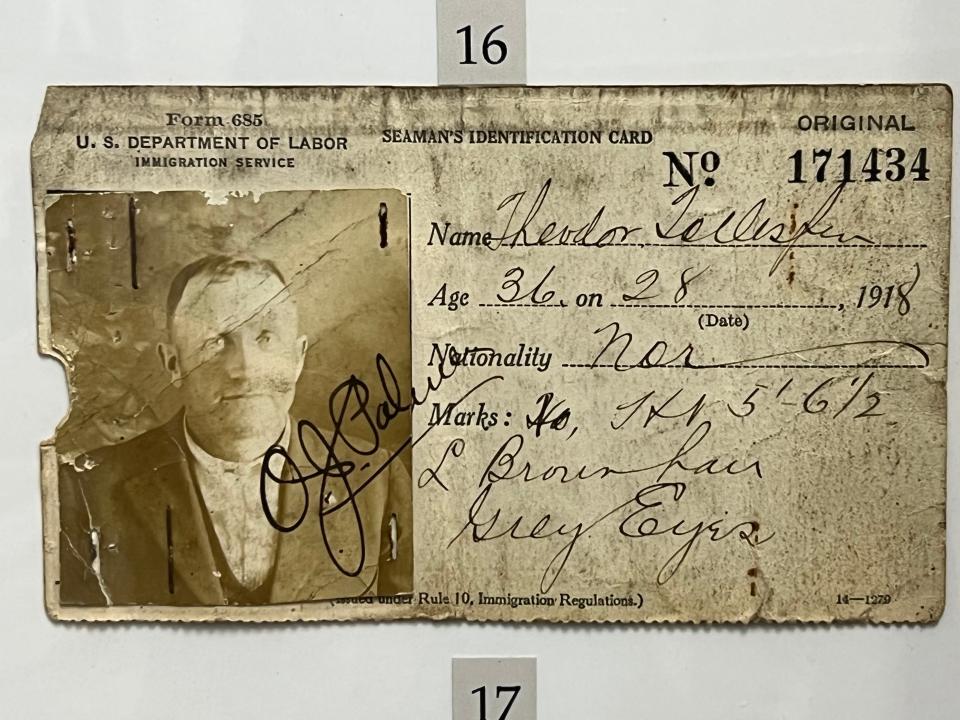
During the next eight years, more and more people would come to the beach as the park itself became a destination. Teddy became good friends with Claude Willoughby, the park's superintendent. Many of the details of Teddy's life have been documented over time due to the friendship between the two.
In 1954, Willoughby was on a tour of the park and stopped by to check on Teddy only to find him sprawled on the floor of his shack. He would die later that day at a Panama City hospital.
Inside the shack, Willoughby found a tin with enough money for Teddy to be buried in Greenwood Cemetery. Reports say 100 people attended his funeral, including Tallahassee dignitaries.
Teddy lives on
Later, Willoughby took down the shack and removed all the evidence that a hermit once lived on the sand. He saved many of the items and the park put them on display inside the nature and welcome center.
Pictures and Teddy's identification card are in that display, So are netting shuttles, a telescope, a boat horn and an alarm clock. The display is on the wall, in a corner, not far from a stuffed deer and an owl.
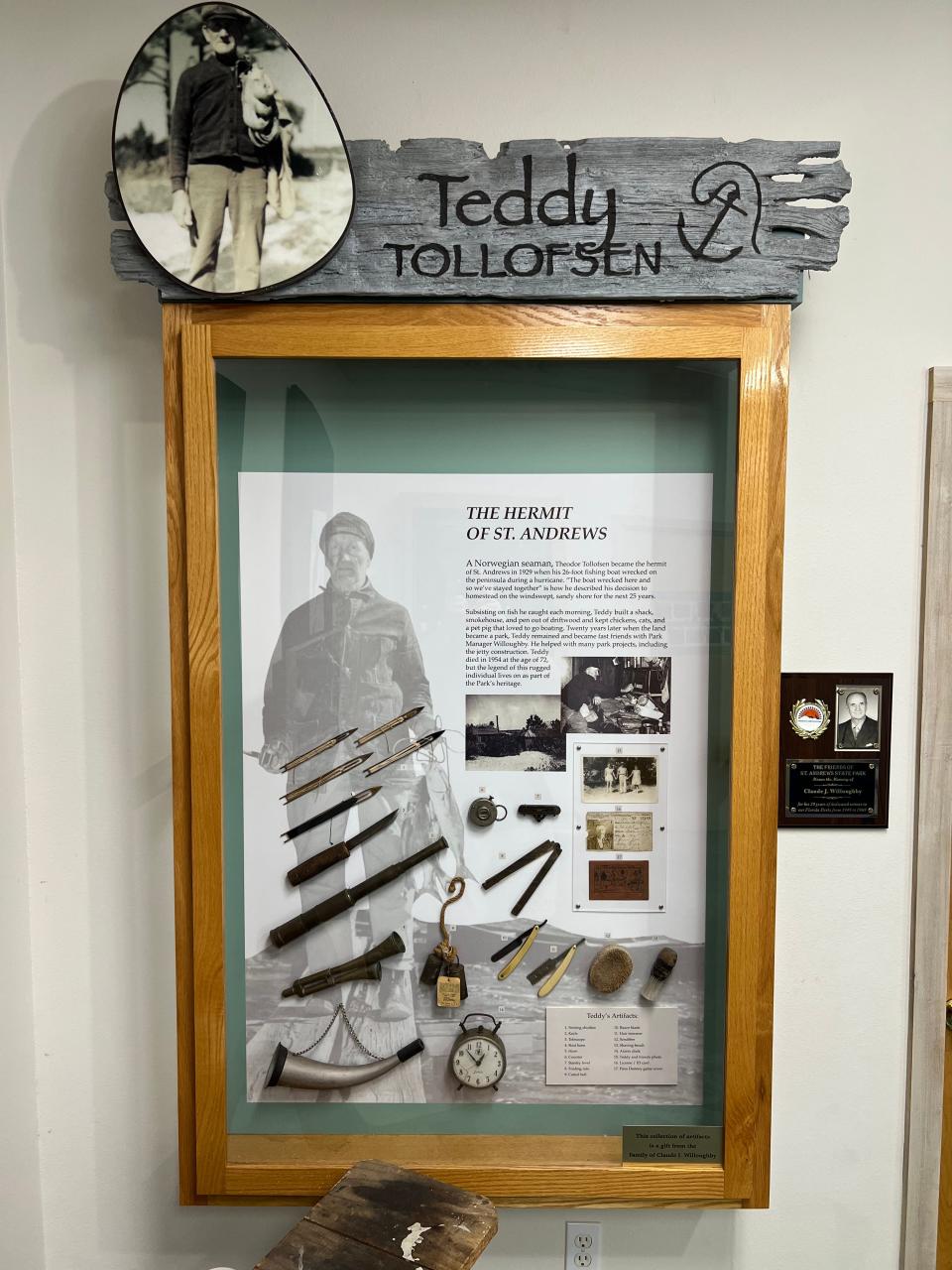
On the west end of the park's campground, 75 feet from the water, between campsites 101 and 102, the scrub oaks and sand dunes have reclaimed what was once Teddy's rustic home.
A new shower and restroom facility for campers, complete with indoor plumbing, sits just a few feet away.
Information for this article was provided by the Bay County Library, Local History Room and News Herald archives.
This article originally appeared on The News Herald: Long before St. Andrews State Park, there was Teddy the Hermit

